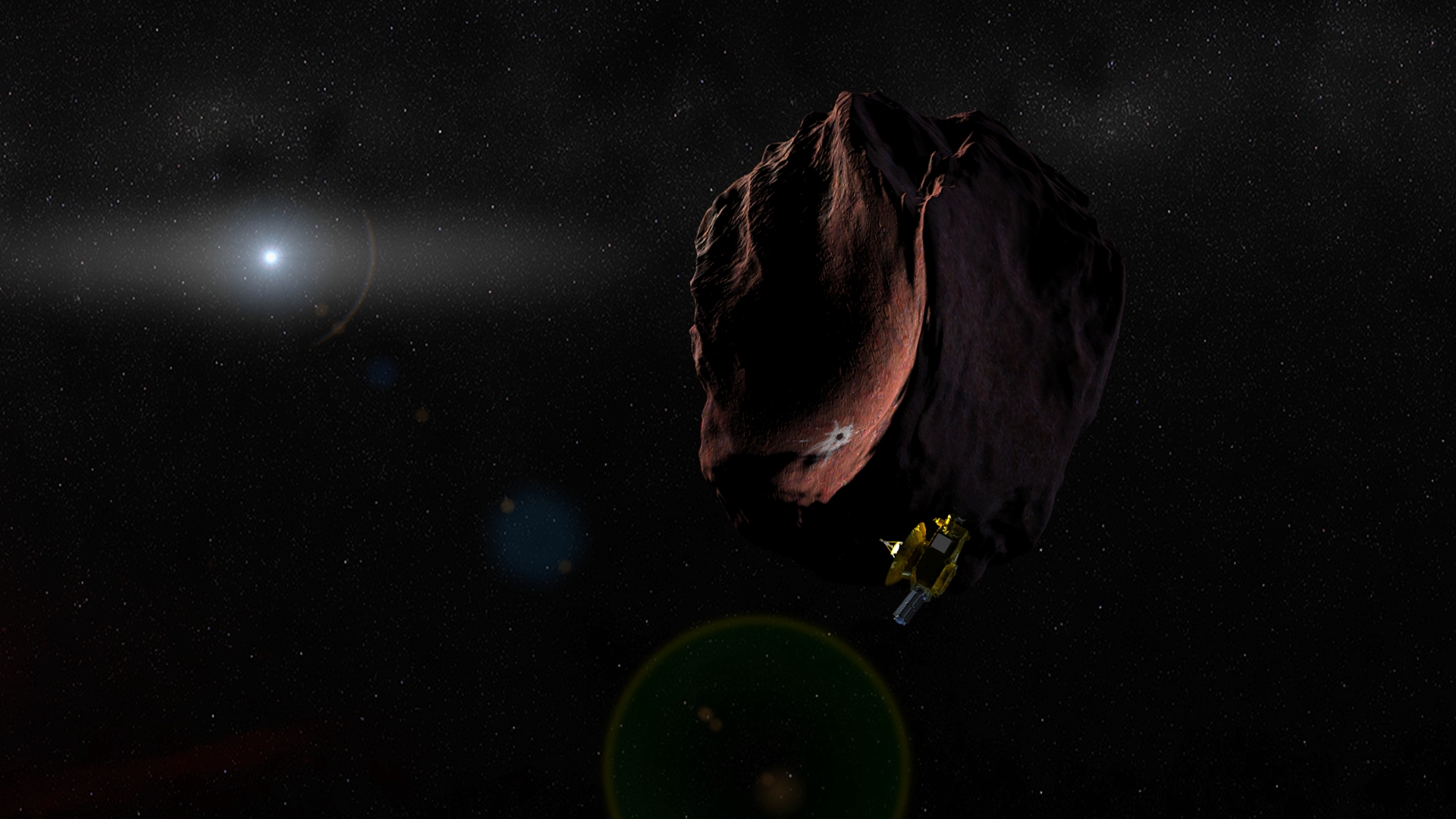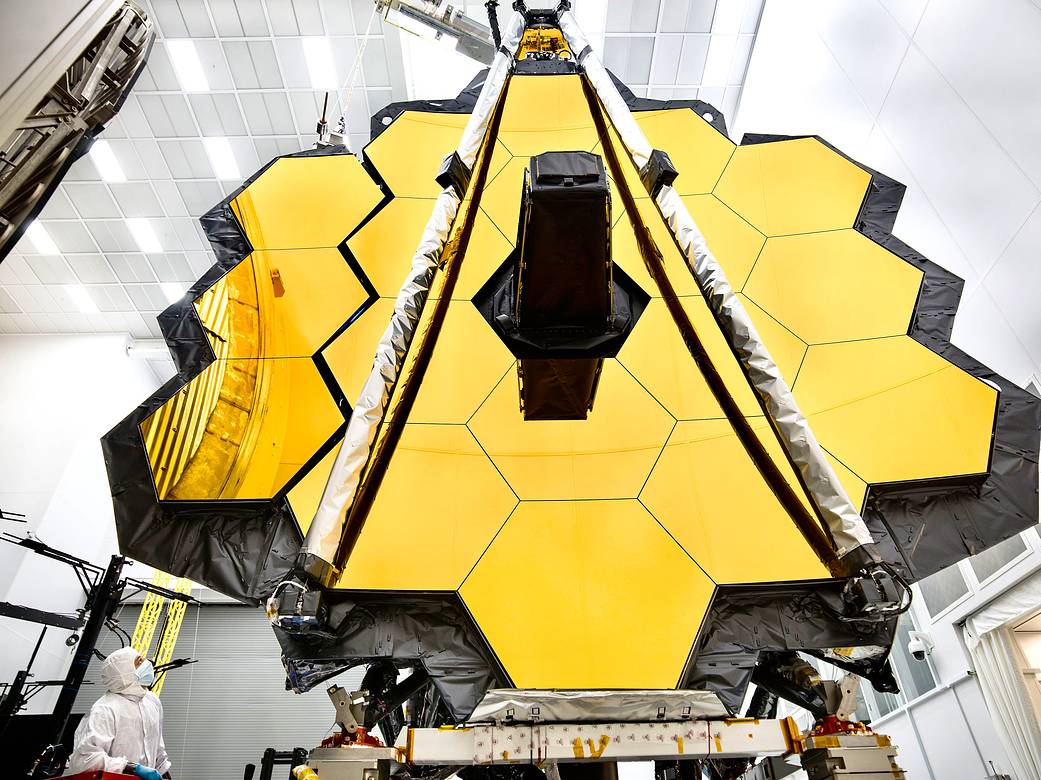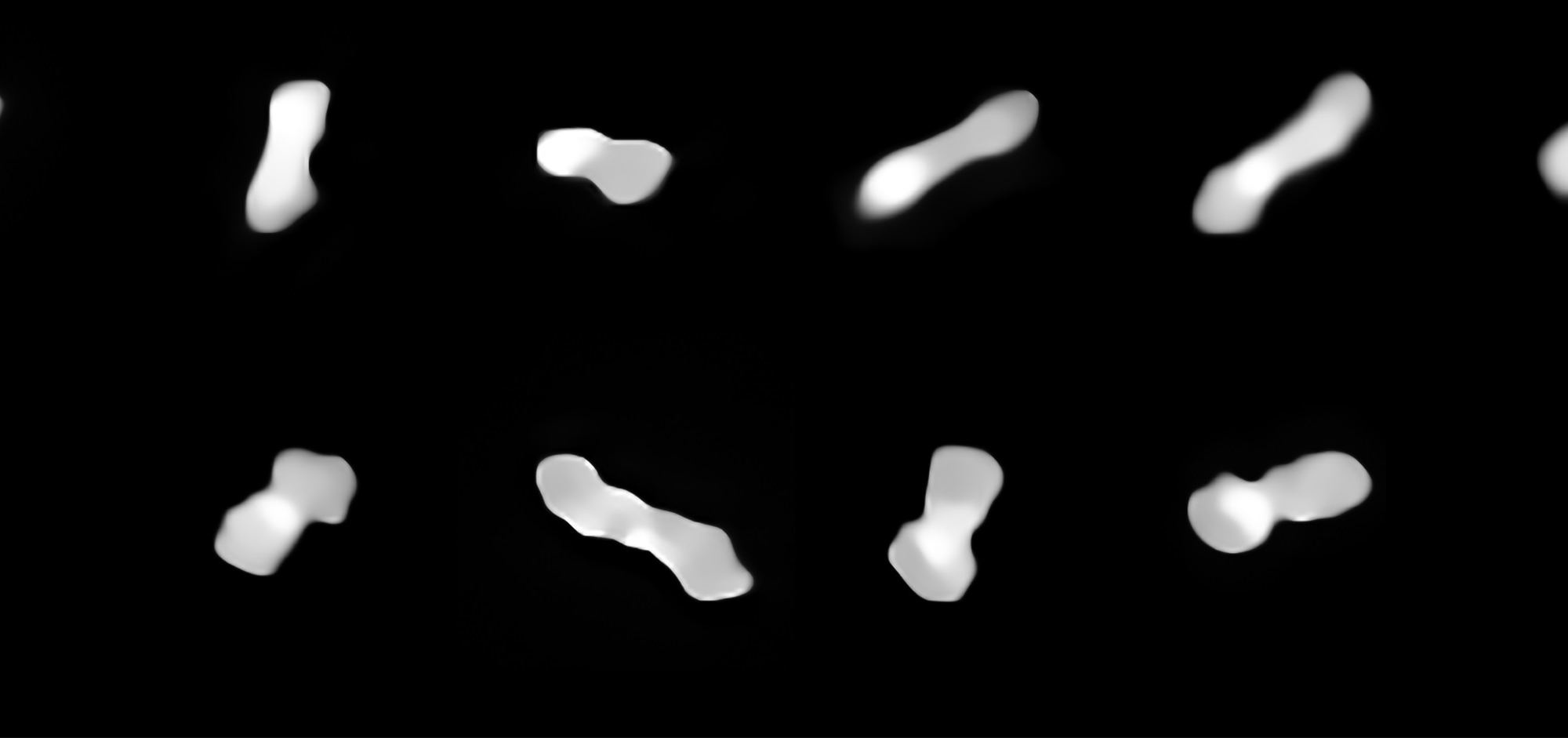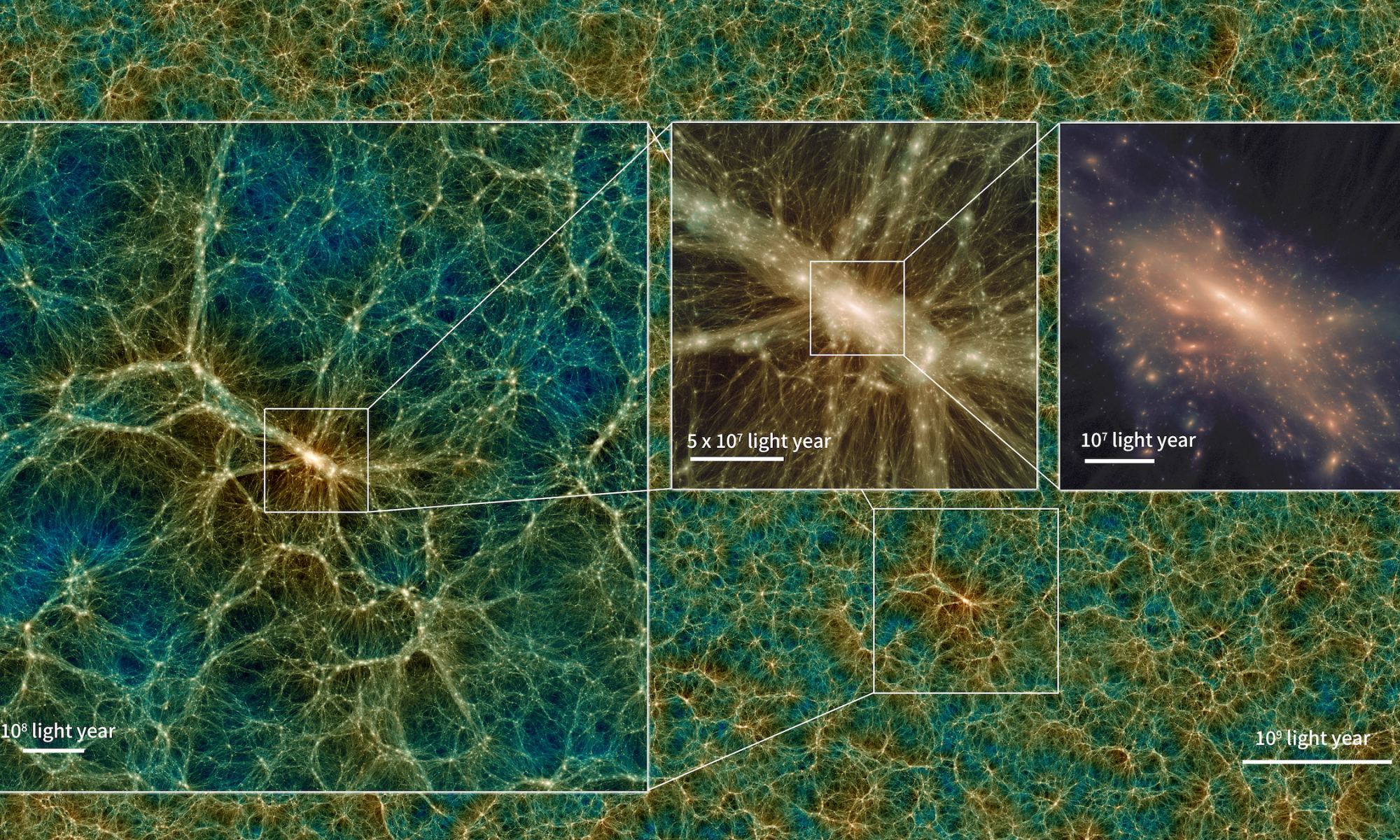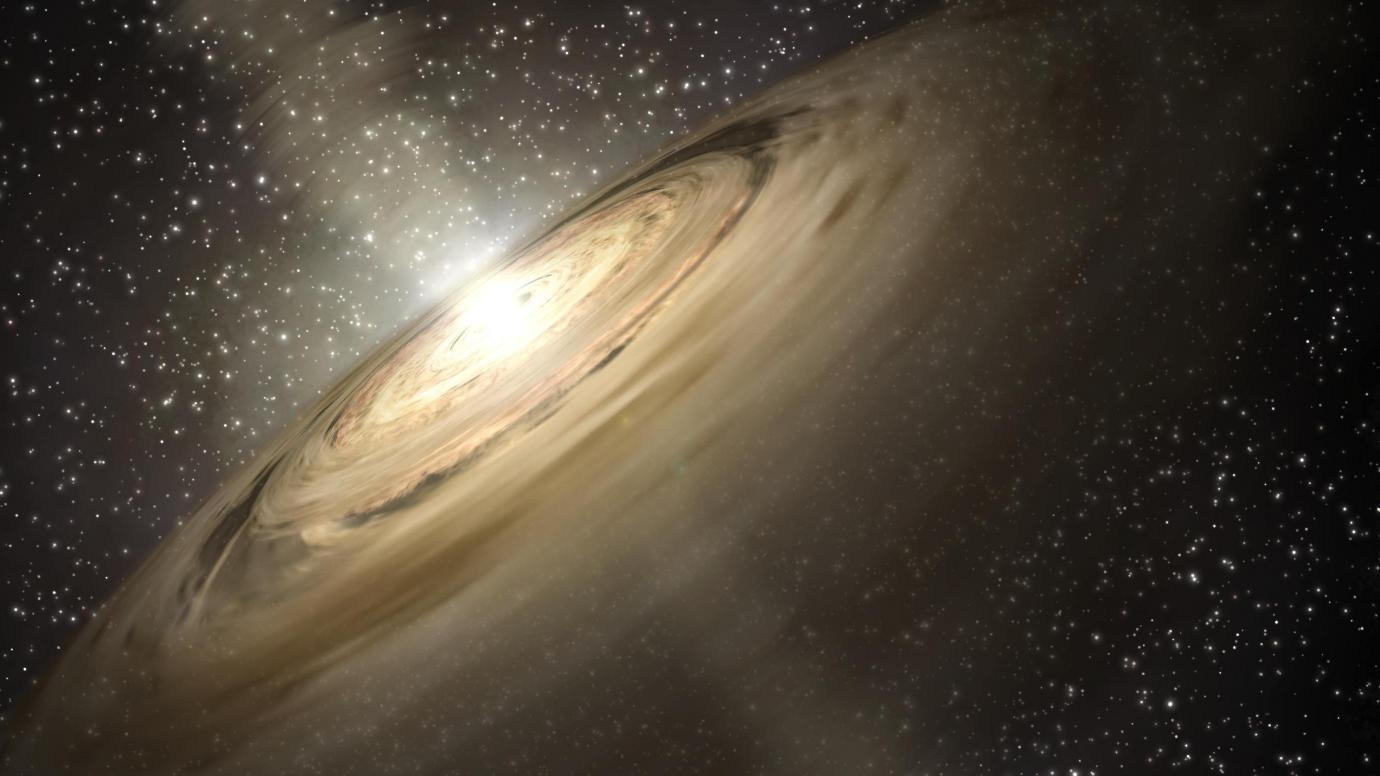So far we know of only two interstellar objects (ISO) to visit our Solar System. They are ‘Oumuamua and 2I/Borisov. There’s a third possible ISO named CNEOS 2014-01-08, and research suggests there should be many more.
But a new research letter shows that cosmic ray erosion limits the lifespan of icy ISOs, and though there may be many more of them, they simply don’t last as long as thought. If it’s true, then ‘Oumuamua was probably substantially larger when it started its journey, wherever that was.
Continue reading “Cosmic Rays Erode Away All But the Largest Interstellar Objects”

